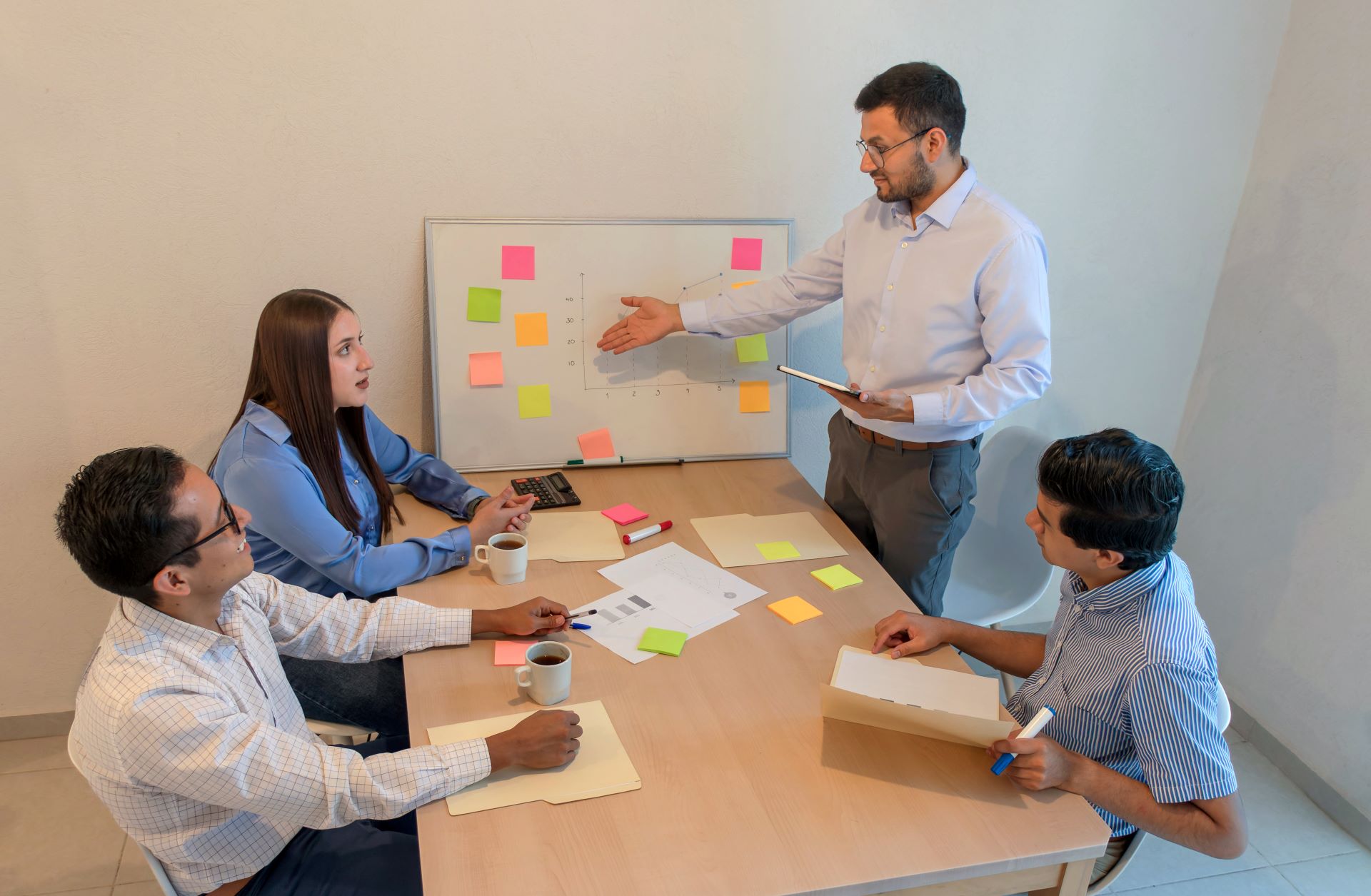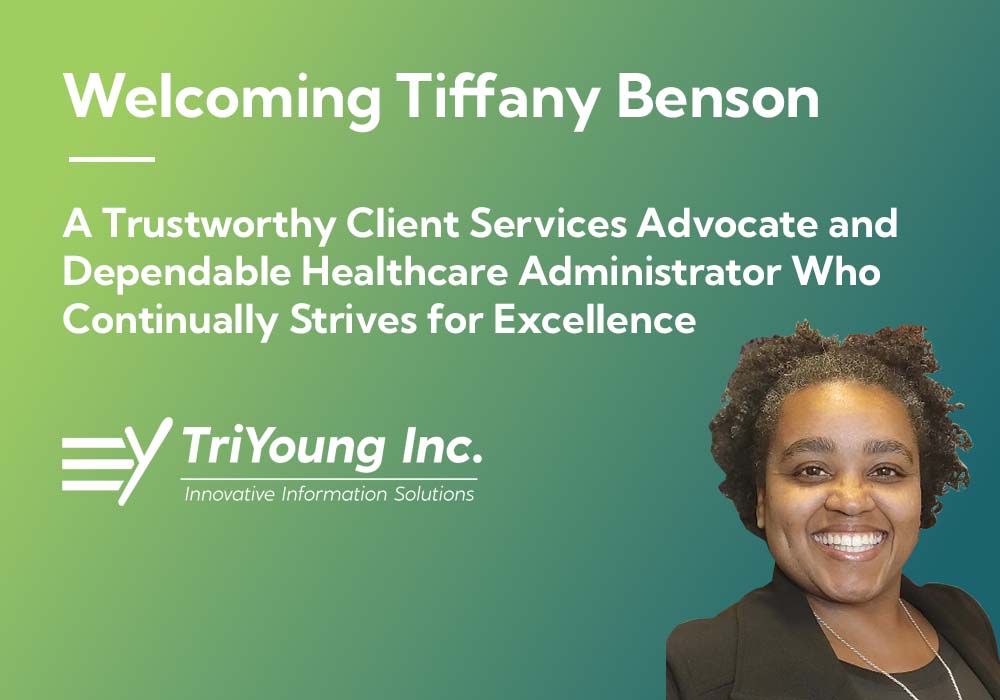Adopting Agile methodology has significantly impacted the way we manage projects at TriYoung. In January 2022, our team embraced the Agile approach to enhance our project management practices. While the methodology itself is straightforward, transitioning to it required us to step far outside our comfort zones. We had to learn to be extremely honest, even when giving or receiving negative feedback. This level of transparency is vital for Agile’s success, as it allows us to address mistakes candidly, learn from them, and find ways to prevent them in the future.
Transitioning to an Agile mindset was an immense shift for us. We had to build the courage to speak up and accept feedback, especially during our retrospective meetings, or “Post Game” sessions, as we call them. In these meetings, we realized that the feedback we exchanged was crucial for making our future projects more successful. Over time, we became more open with each other, learning not to take feedback personally. We understood that these challenging discussions were necessary for identifying what needed to change and for improving our processes. This transformation did not happen overnight and involved a lot of experimenting and reevaluating.
The key takeaway from our Agile journey is that our team now operates as a cohesive unit. We became adept at pivoting quickly and successfully whenever changes arose. In a world where change is constant, our ability to adapt has made us stronger. Each member of our team collaborates towards a common goal, making us more resilient and effective in our work.
The Basics of Agile Methodology
Agile methodology is a way to manage projects by breaking them down into smaller, more manageable tasks. Instead of planning everything from start to finish, Agile focuses on creating small parts of the project called “iterations” or “sprints.” Each iteration usually lasts two to four weeks, during which the team works on specific tasks. This approach allows for adjustments to be made at the end of each sprint based on feedback and changing requirements.
Agile also emphasizes collaboration and communication. Meetings like daily stand-ups, sprint planning sessions, and retrospectives are key parts of the process. These meetings ensure that everyone is on the same page and any issues are addressed quickly. In a daily stand-up, team members talk about what they did yesterday, what they plan to do today, and any obstacles they are facing. This keeps the team aligned and working efficiently.
Additionally, Agile uses specific roles to ensure smooth workflow. The most common roles are the Product Owner, who defines what needs to be done; the Scrum Master, who ensures the team follows Agile practices; and the Development Team, who actually builds the project. By having clear roles and regular check-ins, Agile helps teams deliver high-quality work in a timely manner.
Implementing Agile Methodology at TriYoung
When TriYoung decided to adopt Agile methodology in January 2022, the transition was challenging but rewarding. The first step was educating all team members about Agile principles and practices. We held workshops and training sessions to ensure everyone understood the basics of Agile, such as sprint planning, daily stand-ups, and retrospectives. This education was crucial for getting everyone on the same page and ready to embrace the new approach.
Once the entire team was familiar with Agile concepts, we began implementing them in our day-to-day operations. We introduced sprint planning meetings where we set clear goals for each two-week sprint. These meetings helped us focus on immediate tasks and allowed us to adjust our priorities as needed. We also started holding daily stand-up meetings to discuss our progress and any obstacles we faced. These short, focused meetings kept us aligned and enabled us to quickly address any issues that arose.
Another critical aspect of our Agile adoption was the retrospective or “Post Game” meetings. In these sessions, we discussed what went well during the sprint and what needed improvement. It was a time for honest feedback and reflection, which helped us continuously improve our processes. Initially, these meetings were uncomfortable, but over time, we learned to welcome constructive criticism. This openness led to better teamwork and more effective project management.
By sticking to Agile practices, we saw significant improvements in our workflow and project outcomes. The methodology forced us to be more transparent, communicative, and adaptable, ultimately making our team stronger and more efficient.
Key Challenges and Solutions in Agile Adoption
Adopting Agile methodology came with its share of challenges. The first and most significant obstacle was getting everyone on board with the new approach. Change is often met with resistance, and this was no different. Some team members found it hard to adapt to the constant feedback loops and the openness required by Agile. To overcome this, we held regular training sessions to help everyone understand the benefits of Agile. We also encouraged a culture of learning where feedback was seen as a tool for improvement rather than criticism.
Another challenge was maintaining consistency in our new Agile practices. It can be easy to fall back into old habits, especially when projects become stressful. To address this, we appointed a Scrum Master who was responsible for ensuring that Agile principles were followed. This role included facilitating daily stand-ups, sprint planning, and retrospectives to keep us on track. By having someone dedicated to maintaining our Agile practices, we were able to stay consistent and see the benefits of the methodology.
Communication was another area that required improvement. Agile demands high levels of communication and collaboration, which was initially difficult for some team members. We addressed this by setting clear expectations for communication and providing tools that made it easier, like project management software and collaborative platforms. Over time, these tools and guidelines helped improve our communication and made Agile a more integral part of our workflow.
Benefits of Agile Methodology for Nonprofits
Agile methodology offers numerous benefits, especially for nonprofits looking to streamline their project management. One of the most significant advantages is flexibility. Nonprofits often deal with changing priorities, and Agile allows teams to pivot quickly. This flexibility helps organizations respond to new challenges and opportunities more efficiently.
Another key benefit is improved collaboration. Agile encourages regular communication and teamwork, which can lead to more innovative solutions. These frequent check-ins and collaborative meetings ensure that everyone is aligned and working towards the same goals. This collaborative spirit can improve morale and job satisfaction, making teams stronger and more united.
Agile also enhances transparency and accountability. With daily stand-ups and regular retrospectives, everyone knows what their responsibilities are and how their work contributes to the project’s success. This transparency can help identify bottlenecks and issues more quickly, allowing for faster resolution.
Lastly, Agile helps deliver better results. By breaking down projects into smaller, manageable tasks, teams can focus on delivering high-quality work consistently. This approach allows for continuous improvement, leading to more successful outcomes in the long run. For nonprofits, these benefits can translate into more effective programs and services, ultimately helping to achieve their mission more efficiently.
Conclusion
Adopting Agile methodology has transformed the way we manage projects at TriYoung. The shift wasn’t easy, but the benefits have been substantial. Agile has made our team more flexible, collaborative, and efficient. By focusing on small, manageable tasks and regular feedback, we’ve been able to deliver better results and continually improve our processes.
For nonprofits, Agile offers a way to manage projects that align with their dynamic needs and limited resources. The flexibility, improved collaboration, and enhanced accountability that Agile brings can significantly impact the effectiveness of nonprofit programs and services.
If your nonprofit is struggling with project management, consider exploring Agile methodology. TriYoung can help you streamline your technology and adopt Agile practices, allowing you to focus on your transformative, life-changing work. Contact us today to learn more about how we can support your mission and help you achieve greater success.






